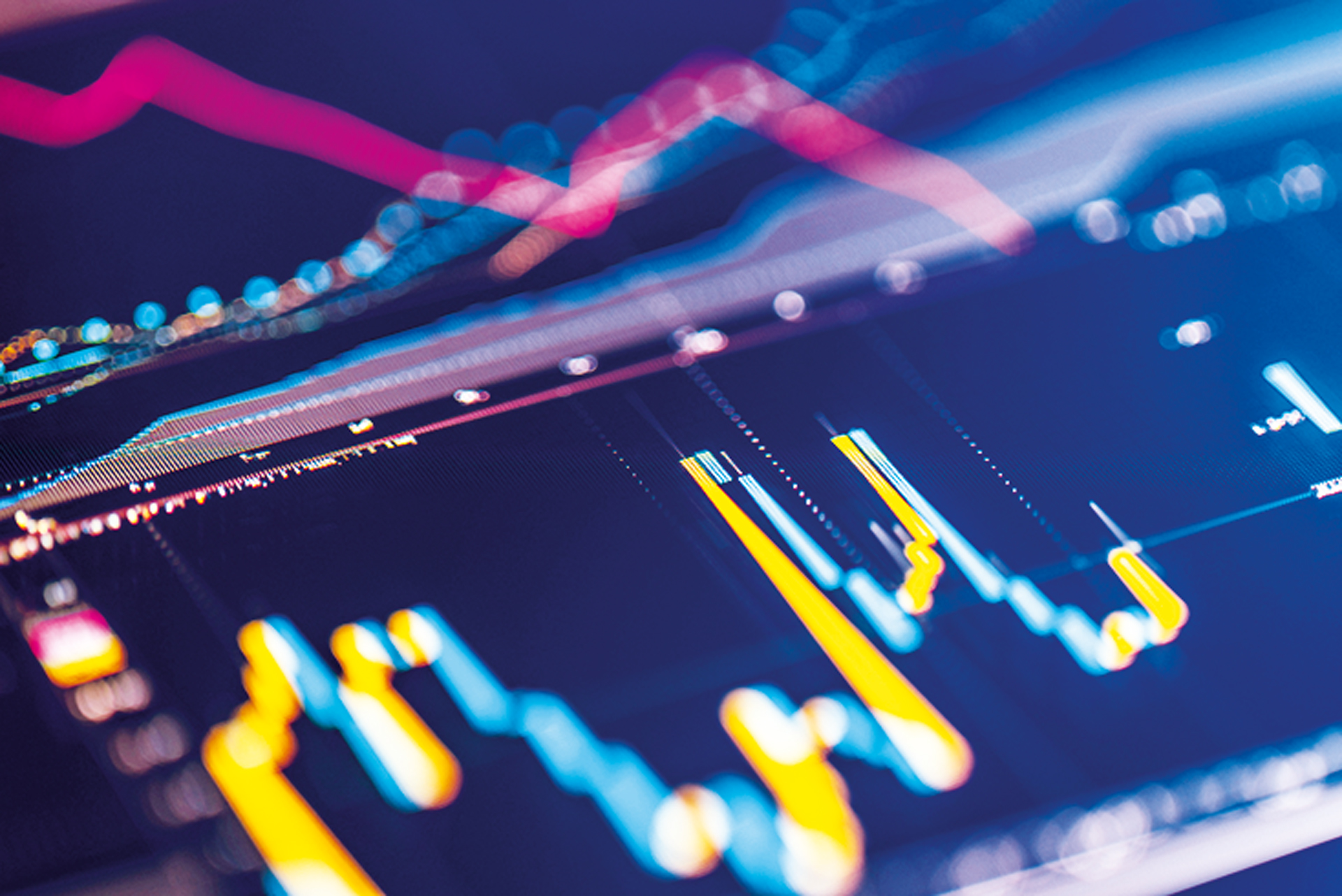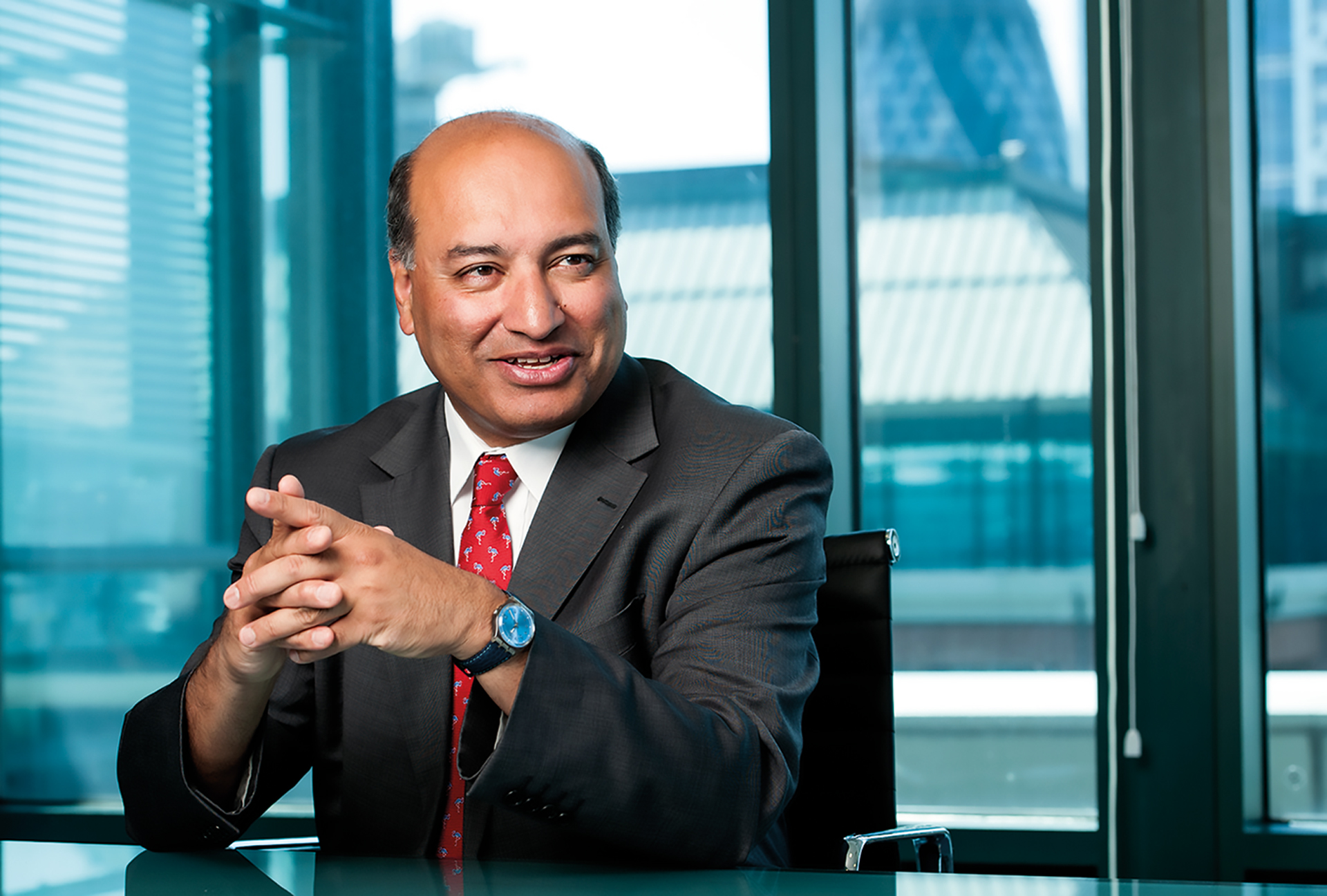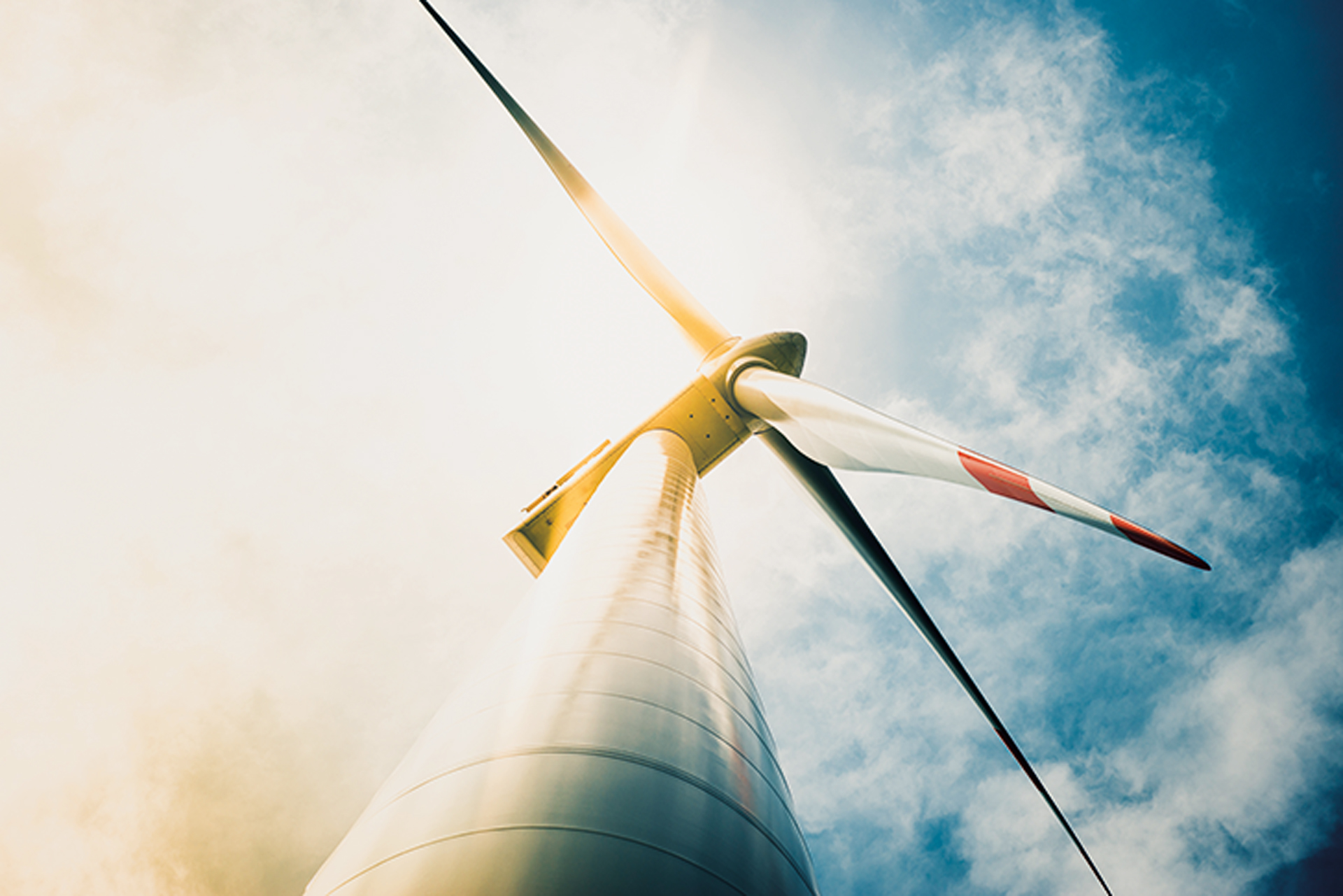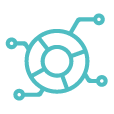EBRD Annual Review 2017

The EBRD in numbers 2017
| Number of projects | 412 |
| Annual Bank Investment (ABI) | €9.7 billion |
| Gross annual disbursements | €6.2 billion |
| Private sector percentage of ABI | 71% |

President’s message
The year 2017 will go down in the history of the EBRD as one to remember: 12 months when records were broken and the path to greener transition was firmly set. It was proof that the Bank remained a resilient partner despite the global economic context, which continued to present serious challenges in our region.

Who we are
The EBRD is investing in changing people’s lives across three continents – from central Europe to central Asia, the Western Balkans and the southern and eastern Mediterranean.

Green economy transition
The EBRD’s push to do more investments that bring environmental benefits – our Green Economy Transition (GET) approach – helps economies in our region to achieve the emission reductions pledged at the 2015 United Nations climate conference in Paris.
Our sectors

The EBRD invests in projects in the energy, financial, corporate and infrastructure sectors. The Bank provides debt financing as well as making direct and indirect equity investments in companies.
Through investments in the financial and corporate sectors, infrastructure and energy, the EBRD helps to build sustainable, well-functioning market economies with high levels of private ownership.
Energy
Financial institutions
Industry, commerce and agribusiness
Infrastructure
Where we work

The EBRD invests in economies across three continents, fostering growth and innovation and promoting transition to market economies.
We’re active in 38 economies, from Morocco to Mongolia and from Estonia to Egypt
Central Europe and the Baltic states
South-eastern Europe
Eastern Europe and the Caucasus
Central Asia
Southern and eastern Mediterranean
Cyprus, Greece, Russia, Turkey
Our qualities

Our concept of transition to a market economy underpins the design and evaluation of EBRD investments and technical assistance projects.
In late 2016, the Bank introduced a new way of measuring this transition. The updated concept argues that a well-functioning market economy should be competitive, well governed, green, inclusive, resilient and integrated.
